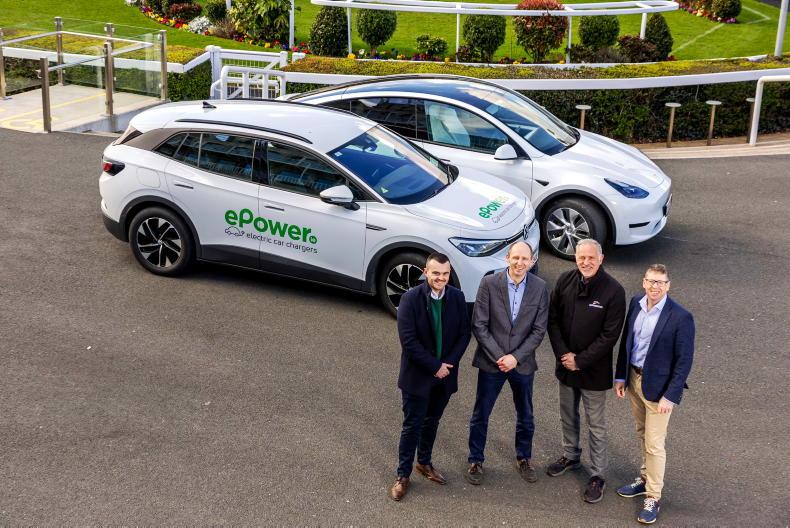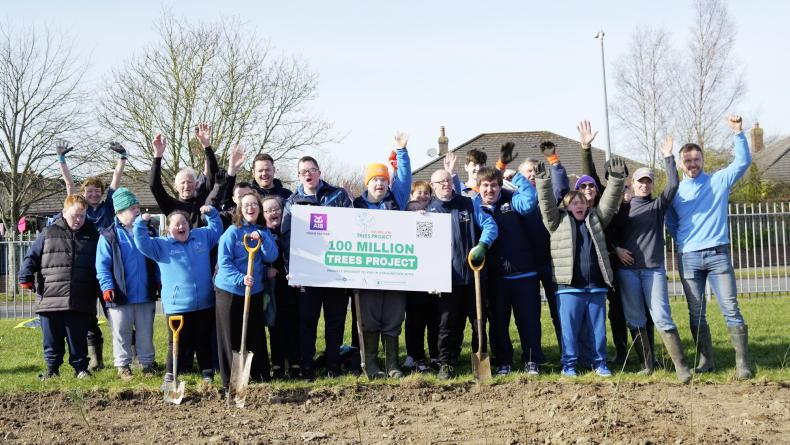VICTOR Quinlan, Head of Environmental Sustainability at Horse Racing Ireland (HRI), recently delivered a presentation on sustainability to members of the Association of Irish Racecourses. The presentation primarily covered environmental and social sustainability.
Environmental sustainability within Irish racing, specifically at Irish racecourses, focuses primarily on biodiversity on the racecourses, energy consumption, and waste management, Victor says. He noted that attendees recognised the potential advantages that environmental sustainability can bring.
Victor defined social sustainability as making positive impacts on the lives of people, both in the industry and engaging new audiences. “Initiatives like HRI Juniors, which bring students from local schools to visit racecourses and introduce them to racing, are crucial to engage local communities,” he explained.
“Each racetrack has different needs,” Victor noted. Dundalk, for example, is the only track under floodlights. “Dundalk is putting massive efforts into energy efficiency,” he noted. “But if you can’t measure your usage, you can’t reduce it.”
Dundalk Racecourse and DKIT (Dundalk Institute of Technology) are collaborating in a series of studies including evaluating the environmental and economic advantages of transitioning from sodium floodlights to LED floodlights and the project’s viability in terms of the payback period versus focusing on emission reduction.
As Victor said, “HRI tracks are doing similar studies to learn what projects will be impactful, while others might have long payback periods relative to their CO2 savings. We can’t rectify all of our environmental issues overnight, but studies of this nature are useful learnings which will promote sustainable practices across all racecourses in Ireland.”
From a biodiversity perspective, the One Hundred Million Trees project was completed recently at both Limerick and Fairyhouse racecourses. “The best thing about this project is that it has apparent short-, medium-, and long-term benefits. Initially, the land is reclaimed scrubland and, within a couple of years, a biodiverse habitat will be created. With time, previously marginal areas of land will become carbon sinks.”
Waste management is a critical aspect of the industry’s sustainability efforts, and racecourses are actively working to reduce their environmental footprint, particularly regarding single-use plastics. “We have had to challenge suppliers to provide alternatives to plastic cutlery and polystyrene packaging, as we aim to eliminate these materials from our supply chain. ‘If you don’t bring it in, you don’t have to throw it out.’
Racecourses in general have recognised the importance of public awareness and participation. Engaging patrons in proper waste disposal on racedays is a major challenge. Transitioning to sustainable waste disposal practices at racecourses requires collective effort. “By educating and involving racegoers, HRI hopes to overcome this challenge and create a culture of responsible waste management throughout the racing community.”
Some of the larger racecourses are exploring on-site composting, a move that would significantly reduce organic waste. Another possibility being explored by the industry is the use of HVO (Hydrotreated Vegetable Oil), which serves as a diesel replacement. Victor explained that “HVO takes waste oil products and utilises them in large diesel engines. The use of HVO leads to a 90% reduction in carbon emissions compared to the use of regular agri-diesel.”
After speaking with Victor, it is clear that tracks are dedicated to fulfilling the objectives outlined in its Sustainable Strategy. Racecourses nationwide are actively contributing to securing a sustainable future for the industry and, with support from local communities and funding bodies such as the SEAI, these objectives appear achievable.
Efforts from both racecourse and local communities are essential for realising these sustainability goals. By working hand in hand, racecourses can implement effective measures and foster a culture of environmental and social responsibility within the industry.




 This is a subscriber-only article
This is a subscriber-only article
 It looks like you're browsing in private mode
It looks like you're browsing in private mode









SHARING OPTIONS: